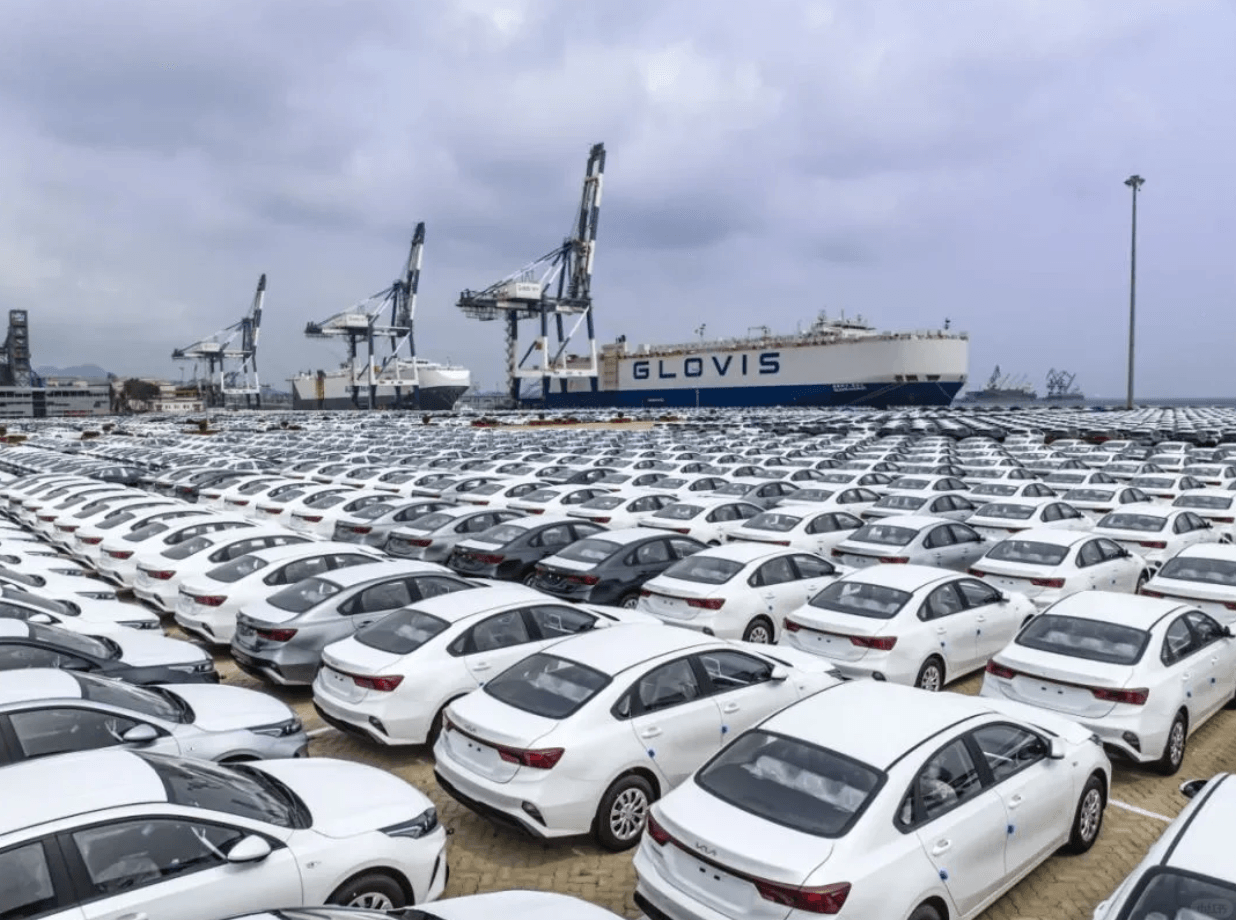A Comprehensive Guide to Importing Cars
With global trade on the rise, importing cars has become an attractive option for many buyers seeking quality, advanced features, or unique models. However, the entire process—from selecting a vehicle to final delivery—can seem complex. This guide will walk you through each step of importing a car, offering useful tips and best practices to help you navigate the process with ease.
1. Car Selection and Market Research
Understanding Your Needs
- Determine Your Purpose: Start by clarifying why you want an imported car. Is it for its luxury features, innovative technology, or unique design?
- Compare Models: Use relevant automotive websites, reviews, and buyer forums to research your target models and understand the pros and cons of each option.
-
Budget Planning: Beyond the sticker price, factor in additional costs like shipping, taxes, and insurance.

Practical Tips
- Create a detailed checklist outlining the must-have features and ideal specifications for your vehicle.
- Engage with online communities and read customer feedback to gain insights into each model’s performance and reliability.
2. Placing Your Order and Finalizing the Contract
Confirming Vehicle Information
- Verify Details: Make sure all the information provided by the seller is accurate.
- Review Contract Terms: Carefully check the contract for details on pricing, payment methods, delivery timelines, and after-sales support.
Practical Tips
- Consult with professionals or legal advisors if needed to ensure the contract is fair and comprehensive.
- Keep copies of all transaction records to safeguard your interests in case of disputes.
3. Logistics, Transportation, and Insurance
Transportation Methods
- Sea Freight: Most imported cars are shipped by sea, which is cost-effective but may take longer.
-
Air and Land Shipping: For high-value or urgently needed vehicles, air or combined land-sea shipping might be considered.

Insurance and Risk Management
- Shipping Insurance: Protect your investment by purchasing comprehensive insurance for the entire transportation journey.
- Real-Time Tracking: Utilize logistics tracking systems to monitor your car’s progress and handle any unexpected issues promptly.
Practical Tips
- Work with a reputable logistics provider experienced in international car shipments.
- Familiarize yourself with the destination port’s regulations to avoid delays during delivery.
4. Customs Clearance and Tax Payment
Customs Process
- Required Documentation: Prepare all necessary documents, such as the purchase contract, invoice, shipping documents, and any other required paperwork.
- Taxes and Duties: Understand the applicable customs duties, value-added tax, and any additional fees based on your destination country’s regulations.
Practical Tips
- Consider hiring a professional customs broker to ensure all documentation is complete and compliant.
- Budget ahead for taxes and fees to prevent any surprises during the clearance process.
5. Vehicle Delivery and Post-Delivery Services
Delivery and Inspection
- On-Site Verification: Once the car arrives, inspect it carefully to confirm that it meets the agreed specifications.
- Immediate Issue Resolution: If you notice any discrepancies or issues, contact the seller and logistics provider immediately for a resolution.
After-Sales Service
- Maintenance and Repairs: Familiarize yourself with local service centers and maintenance options to keep your vehicle in optimal condition.
- Customer Support: Ensure that the seller offers reliable after-sales support, including access to spare parts and technical assistance.
Practical Tips
- Create a detailed checklist for the delivery inspection to ensure nothing is overlooked.
- Retain all delivery and communication records for future reference.
Conclusion
Importing a car involves several key steps—from careful vehicle selection and market research to final delivery and after-sales support. By understanding each stage of the process and partnering with experienced professionals for logistics and customs clearance, you can minimize risks and ensure a smooth import experience.
We hope this comprehensive guide helps you make informed decisions and enjoy the benefits of owning an imported vehicle. If you have any questions or need further assistance, please feel free to contact us for professional advice and support.




Leave a comment
This site is protected by hCaptcha and the hCaptcha Privacy Policy and Terms of Service apply.